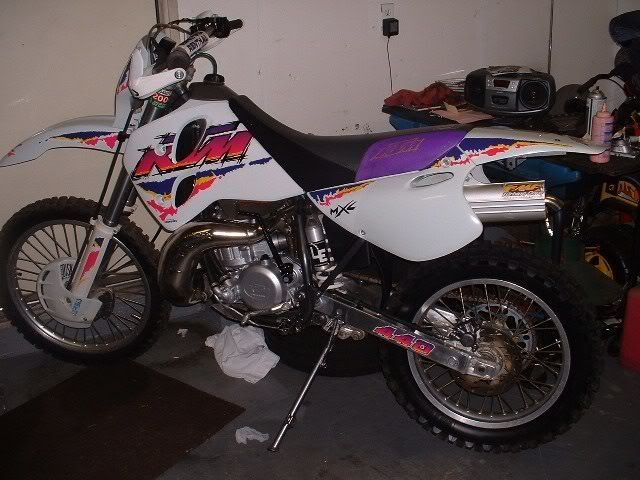
Even though off-road sports has always been a synonym for BMW Motorrad, the 450 cc sports enduro takes BMW into a whole new motorcycle segment. But the decision was made easy by BMW’s engine expertise and its passionate desire to go on making outstanding machines – as impressively demonstrated by the HP2 Enduro - so let’s get into gear! And of course the developing engineers didn’t set out with the usual design goals: they thought up completely new technical solutions in terms of powertrain and chassis – in other words, something which was going to be typical of BMW.
First came the idea: the ideal package, with concentration near the overall centre of gravity and a chassis design which would be perfectly adaptable to the widely varying demands of off-road sports. The swing arm mount is on the same axle as the drive chain pinion: this not only makes a change of chain length unnecessary on compression and rebound, it also means it is possible to have a longer swing arm with a wheelbase of the same length.
The unusual frame is made of high-quality precision steel tubing. In spite of the use of minimum materials, it has an unsurpassed ratio of rigidity to weight. The rear frame is bolted. The chassis elements are in line with the class standard – fully adjustable Marzocchi 300 mm upside-down fork at front, directly controlled, progressively operating Öhlins suspension strut with 320 mm travel distance at rear. Placed obliquely, it is supported directly by the rigid main frame. Thus the rear frame not only bears the weight of the driver.
The engine is a BMW-designed 450 cc DOHC 4-stroke single cylinder with dry sump lubrication. Unique features in this class to date are the petrol injection and lambda regulation. The heavily tilted cylinder position enables virtually straight intake air ducting in the large-volume airbox: excellent conditions for optimum engine power tuning. The cylinder tilt and the placement of the tank under the seat have a positive effect on the centre of gravity, too. The position of the clutch on the crankshaft is also unique. It has very compact dimensions, because the lack of primary drive means that the engine runs on engine speed and thus has to transfer reduced torque. Via an interim shaft with its own ventilating function the power transmission is effected from the crankshaft to the gearbox. An electric starter is obligatory. The performance data of the engine are at competitor level, as is the vehicle’s total weight. Now it’s just a question of putting all our efforts into a fair fight ...


